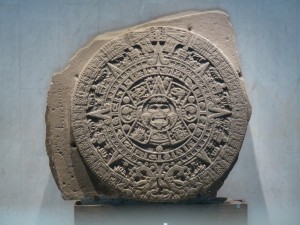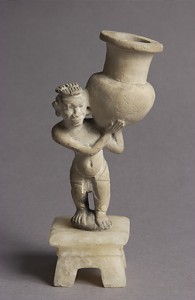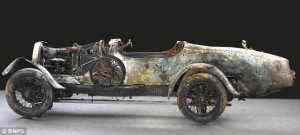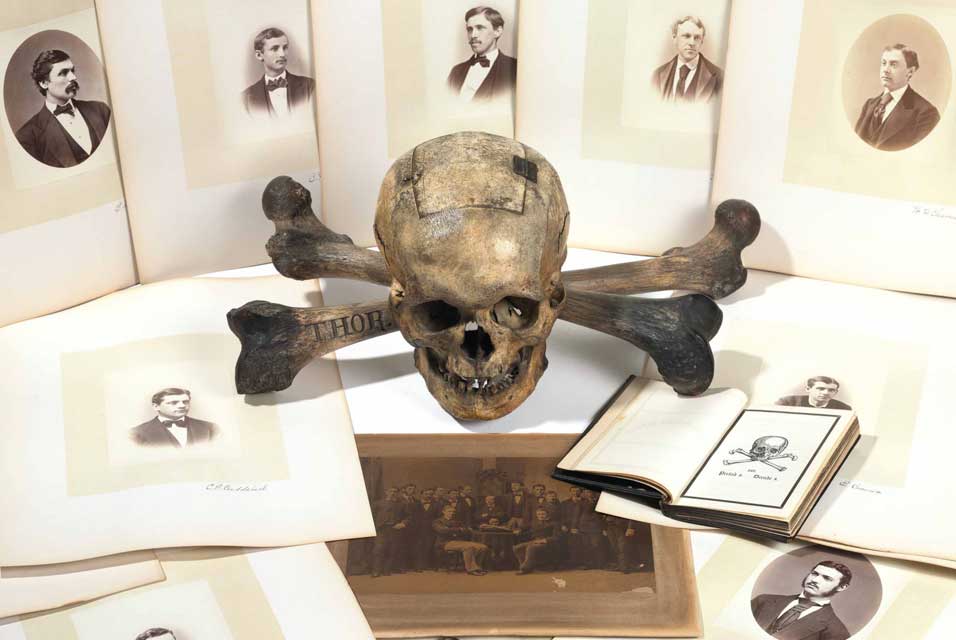Britain’s Channel 4 is searching for a terminally ill person to volunteer to have his or her body mummified on television then displayed in a museum for 2 years.
A documentary production company is working with an unnamed scientists who thinks he has figured out the exact Egyptian mummification procedure. They’ve tested it on pigs and it shows promise, apparently, so now they want to go all the way and try it on a human being.
The Independent sent an undercover reporter posing as a potential volunteer to interview with the production company, Fulcrum TV which has otherwise not commented on the record. It’s a pretty creepy interview, not surprisingly. They want to follow the volunteer around with cameras for a couple of months to “understand who you are and what sort of person you are so the viewers get to know you and have a proper emotional response to you,” ie, watch you die.
[Executive producer Richard] Belfield said that no payment would be made, not even to help relatives after the volunteer’s death: “No not as such. Of course we would cover all costs. But the advice from our compliance lawyers is that it would be wrong to offer payment.”
He added: “The Egyptians were extremely clever organic chemists. Some of the materials they used came from as far afield as Burma and the Far East. One resin they used we know only existed in Burma. One thing we want to explore is how they developed their knowledge of chemistry.
“If you would like to think about it over the weekend you can call me at any time. Let me give you my numbers…”
The museum display after mummification isn’t obligatory, you’ll be glad to know. They run a classy operation, after all.
The thing is, it’s a perfectly legitimate pursuit to investigate the mummification procedure, which has never been fully explained. I’m sure many people who are interested in leaving their bodies to science would be glad to get mummified. It’s the reality TV part that’s gross.





